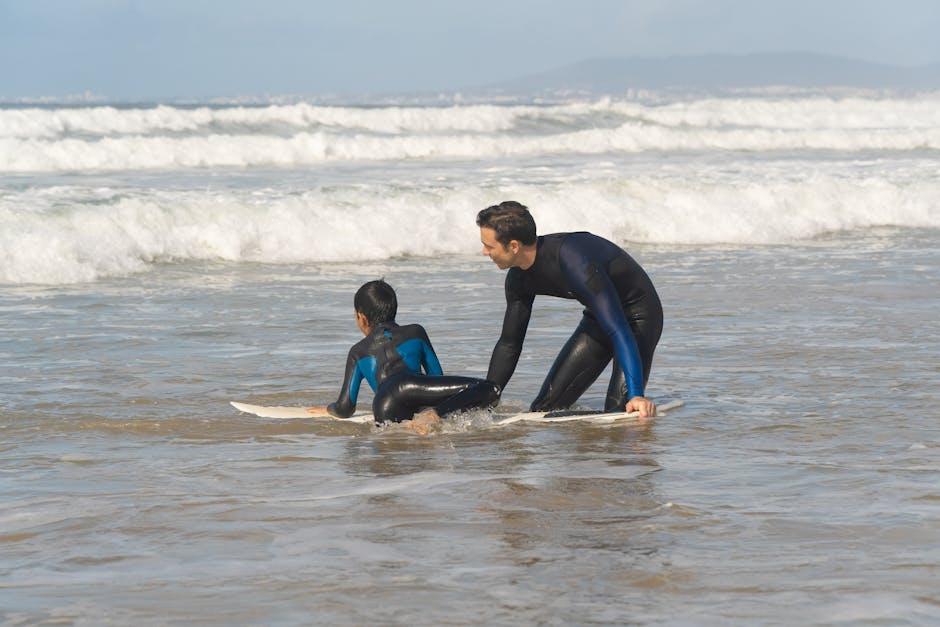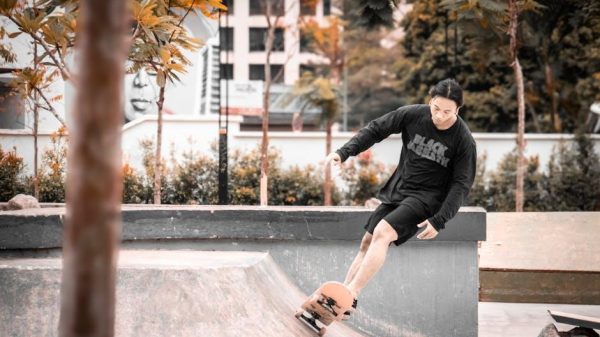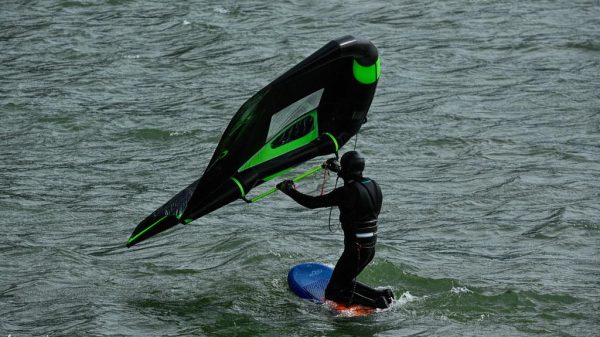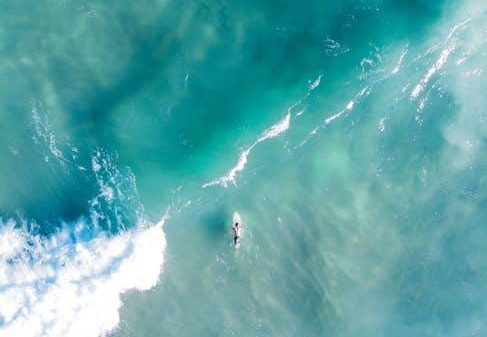Surfing is not just a sport; it’s a thrilling dance with nature that promises exhilaration and serenity in equal measure. Whether you’re drawn to the allure of the ocean or inspired by the grace of surfers carving through waves, learning to surf is an adventure that offers endless rewards. In this step-by-step guide, we’ll embark on a journey to help you conquer the waves with confidence and joy. From understanding the basics to mastering advanced techniques, each section is designed to equip you with the knowledge and skills needed to embrace this captivating pursuit. So grab your board, keep an open mind, and get ready to ride the waves as we explore the empowering and transformative world of surfing.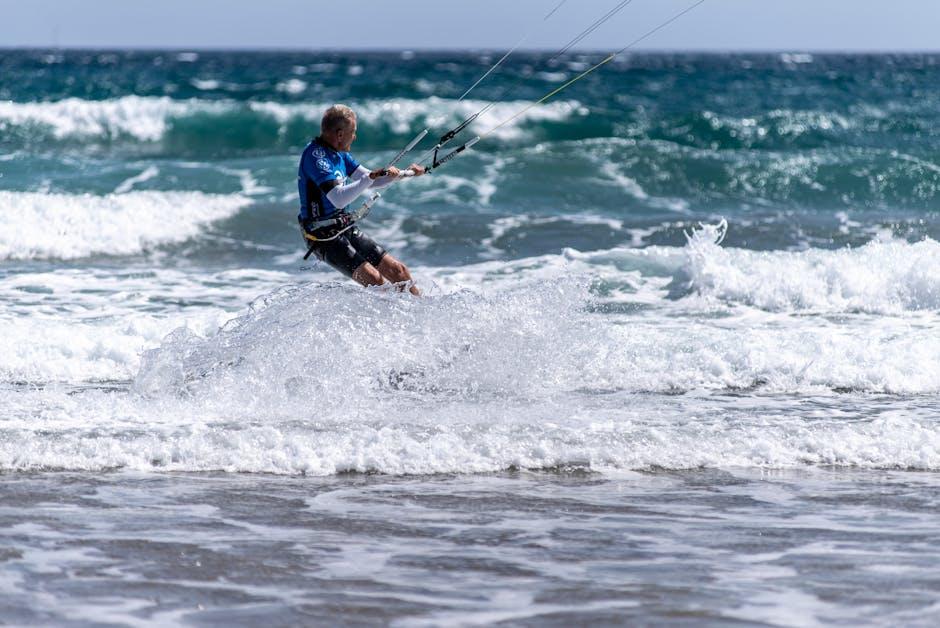
Choosing the Right Surfboard for Beginners
Embarking on your surfing journey requires the right equipment, and choosing a surfboard tailored for beginners can make all the difference. As a novice, it’s essential to opt for a board that offers stability, buoyancy, and ease of control. Here are some key features to look for:
- Size: Larger boards, typically in the range of 8 to 9 feet, are ideal for beginners. They provide more surface area, which enhances stability and makes it easier to catch waves.
- Material: Consider a foam board, as they are softer and safer for those just starting. They are forgiving on the waves and gentle during any inevitable falls.
- Shape: Look for a board with a rounded nose and a wide body. This design helps with balance and makes paddling more efficient.
Remember, the right board will boost your confidence and accelerate your learning curve. Start with a board that makes you feel comfortable and excited to hit the waves. As you progress, you can explore different types of boards that match your evolving skills and style.
Mastering the Basics: Paddling and Popping Up
To truly ride the waves, you’ll need to start with the essentials: paddling and popping up. Paddling is your primary means of navigating the ocean and catching waves. Lie flat on your board, ensuring your body is centered and your feet are just touching the tail. Keep your head up and eyes forward. Use a freestyle swimming motion with your arms, engaging your core for balance. Remember, efficient paddling is about rhythm and technique, not speed. Keep your strokes deep and controlled, and avoid splashing to maintain momentum.
Once you’ve mastered paddling, it’s time to focus on popping up. This is the transition from lying on your board to standing up, and it’s crucial for maintaining balance. Follow these steps:
- Start by paddling to gain speed as the wave approaches.
- When you feel the wave lift your board, place your hands flat on the deck by your ribs.
- Push your chest up, keeping your eyes on the horizon.
- In a swift motion, bring your front foot forward under your body, placing it between your hands.
- Stand up, using your back foot to stabilize, and adjust your stance for balance.
Practice these movements on the beach before hitting the water to build muscle memory. With dedication and perseverance, you’ll find yourself gliding effortlessly on the waves, embodying the spirit of surfing.
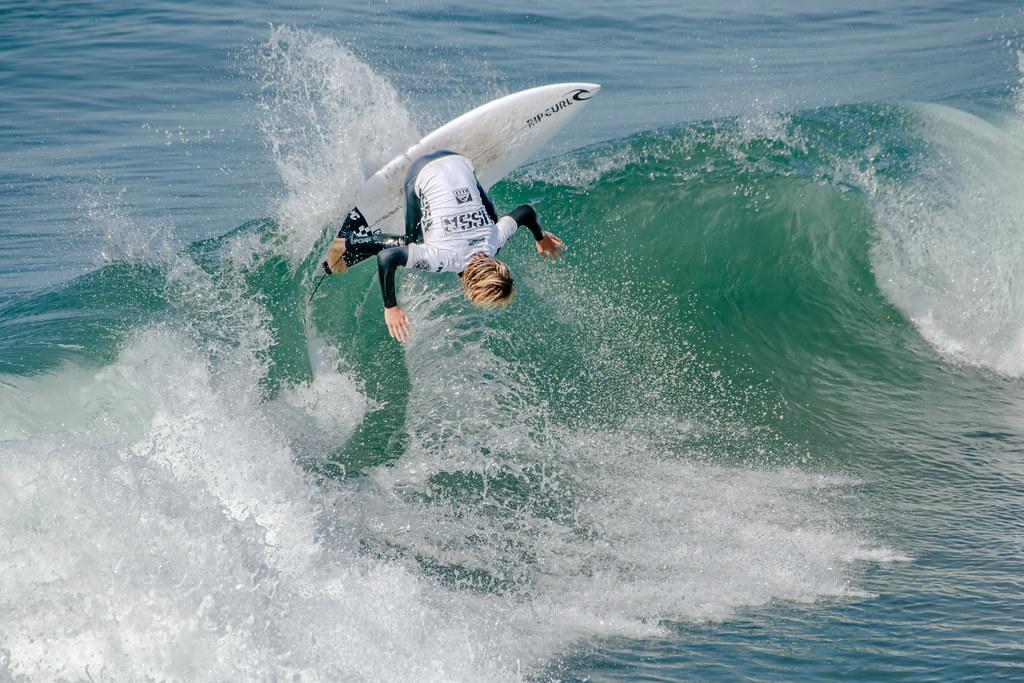
Reading the Waves: Understanding Ocean Dynamics
Before you can truly ride the waves, it’s essential to become familiar with the ocean’s rhythm and flow. Understanding the movement of water is a key component in mastering the art of surfing. The ocean is a dynamic entity, influenced by a myriad of factors that create the perfect wave. To become a successful surfer, you should learn to read these oceanic signals and adjust your technique accordingly.
- Tides: Recognize how high and low tides affect wave size and break patterns. Morning sessions often offer calmer conditions, while afternoon tides might bring more challenging waves.
- Wind: Study the impact of offshore and onshore winds. Offshore winds tend to create cleaner, more organized waves, whereas onshore winds can cause choppy conditions.
- Swell: Identify the direction and size of incoming swells. A larger swell from the right direction can provide longer, more rideable waves.
- Currents: Be aware of rip currents and lateral currents. These can help or hinder your paddling efforts and positioning in the lineup.
By becoming attuned to these elements, you’ll not only enhance your surfing skills but also deepen your connection with the ocean. Remember, every wave is unique, and learning to adapt to its nuances is part of the exhilarating challenge of surfing.
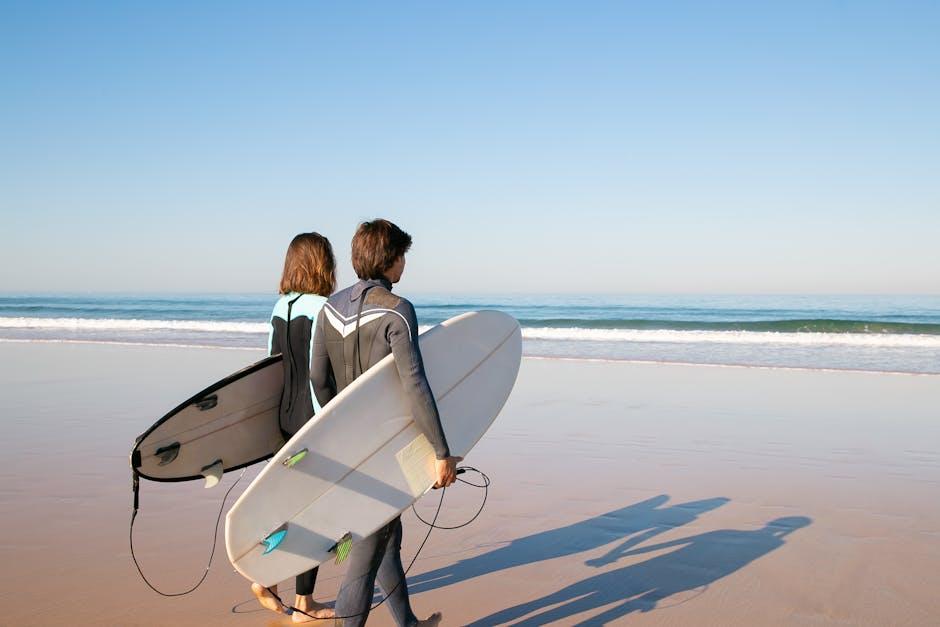
Building Confidence and Staying Safe in the Water
Embarking on the exhilarating journey of surfing requires a blend of confidence and awareness in the water. To ensure a safe and enjoyable experience, it’s essential to familiarize yourself with a few key elements:
- Understand Ocean Conditions: Before heading out, check the surf report and tide charts. Learn to recognize rip currents and how to navigate them.
- Start Small: Begin with smaller waves to build your skills and confidence. This helps you learn how to handle your board and develop your balance.
- Respect the Locals: Be mindful of other surfers and respect the etiquette in the water. This includes taking turns and communicating clearly.
With each session, your confidence will grow, and you’ll be better equipped to handle the ocean’s unpredictable nature. Remember, every surfer started as a beginner, and persistence is key to mastering the waves.
